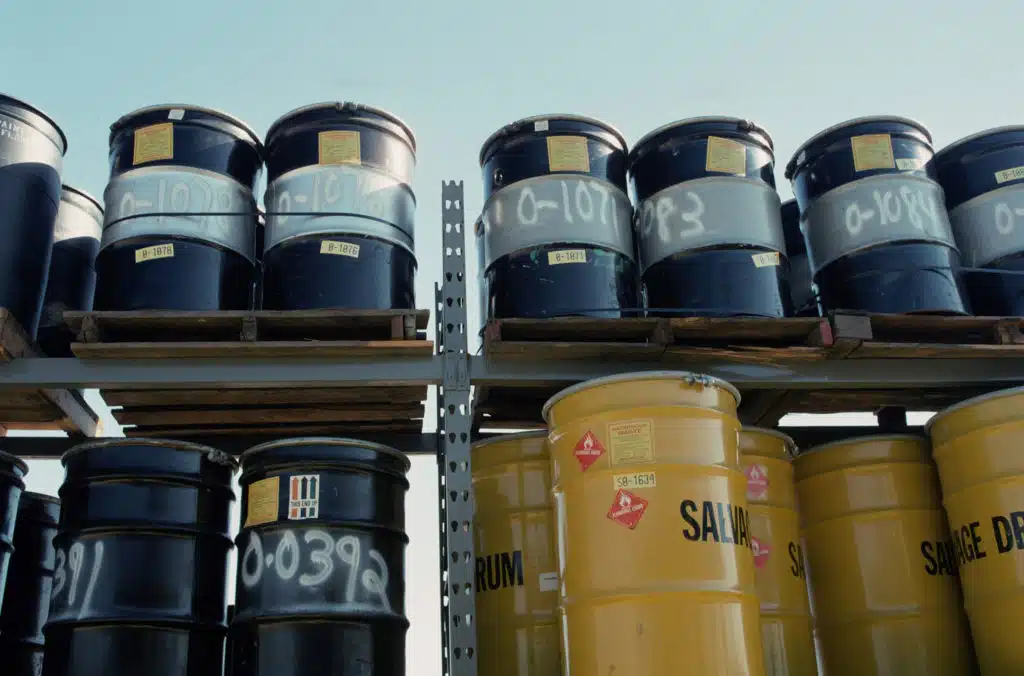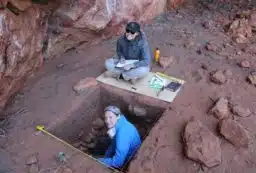Searching for oil and gas on Australia’s North West Shelf using a perspex tank full of honey, putty, sand and cake sprinkles may seem a little bizarre, but University of WA geologist Dr. Myra Keep believes it may help us locate where oil fields may or may not be.
The northern margin of Australia is located on a major geologic boundary, with Australia on the south side currently colliding with Indonesia on the north side. As the two collide, continental-scale stresses are generated, which affect all of the existing geological structures on the North West Shelf, including those that host oil and gas. Although these stresses and the processes that create them are broadly understood, it’s the fine detail of where the stresses go and how they affect the oil fields that Dr. Keep is trying find.
In her laboratory at UWA, she creates geological models of Australia and Indonesia colliding, using alternating layers of a special silicon putty, sand, and castor sugar, all floating in a perspex tank full of honey. Motors attached to perspex plates in the tank can push the putty layers around in different directions, to see how they collide, what geological structures they generate, and where the stresses go. Cake sprinkles covering the surface of the model are used as marker points, to track which bits of the model are moving where at any point during the model sequence. Models usually take two to three days to prepare, and 8 to 10 hours to run.
The results of the models are used in conjunction with subsurface data from the offshore oil and gas fields, to see how the models compare to real life. Dr. Keep hopes that these experiments will help to predict which areas have been highly affected by stresses, and which areas have been only mildly affected. In some cases the stresses help to create oil and gas traps, and in other areas they cause potential oil traps to be dry. She believes that the processes she is discovering in her laboratory will help to enhance exploration efforts on the North West Shelf.





 Fresh Science is on hold for 2022. We will be back in 2023.
Fresh Science is on hold for 2022. We will be back in 2023.